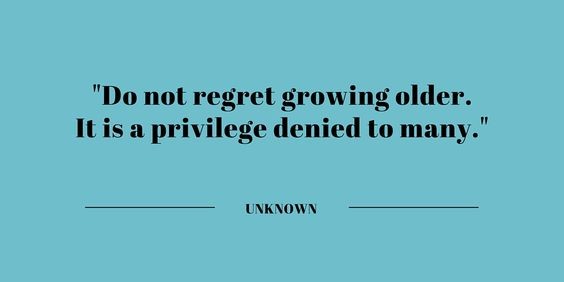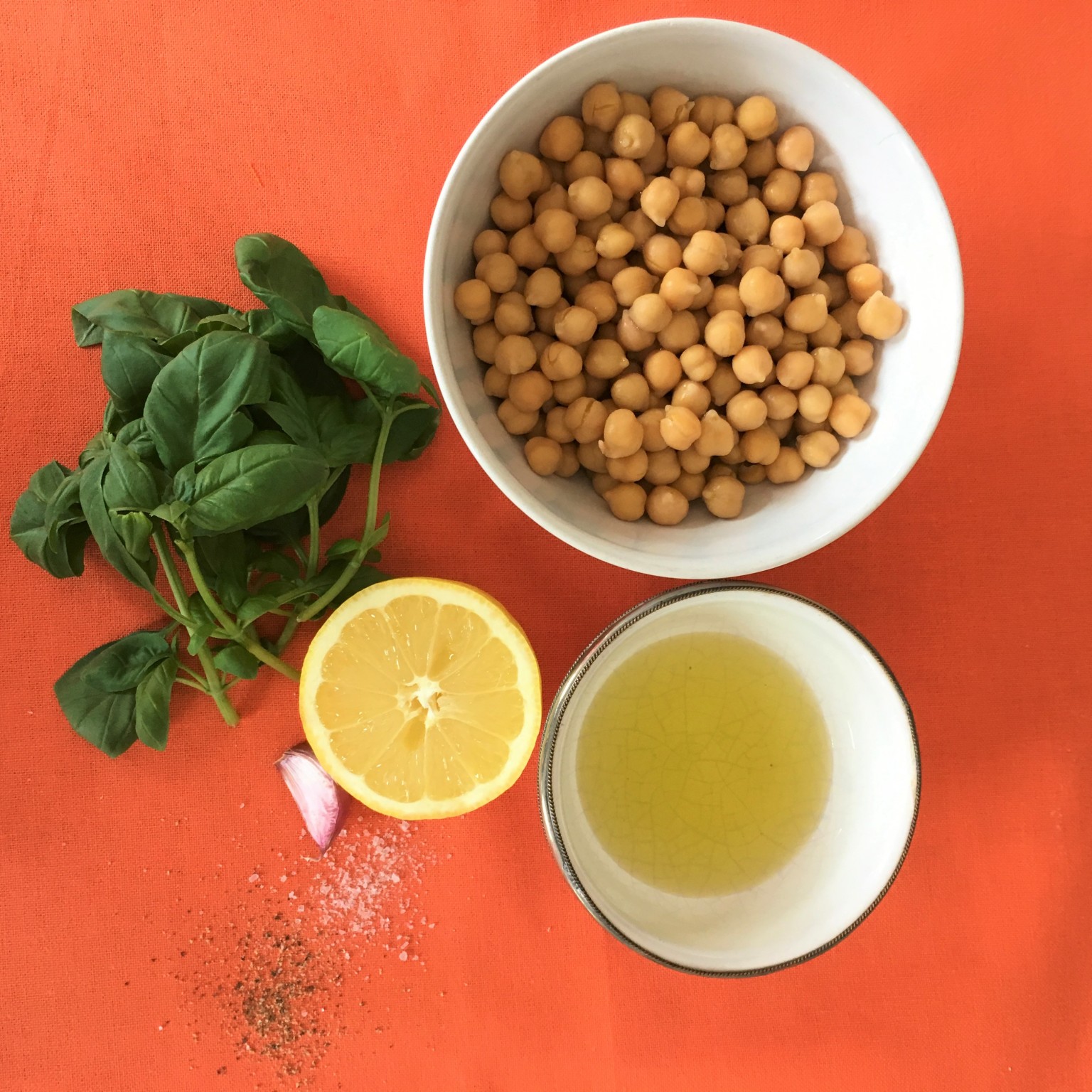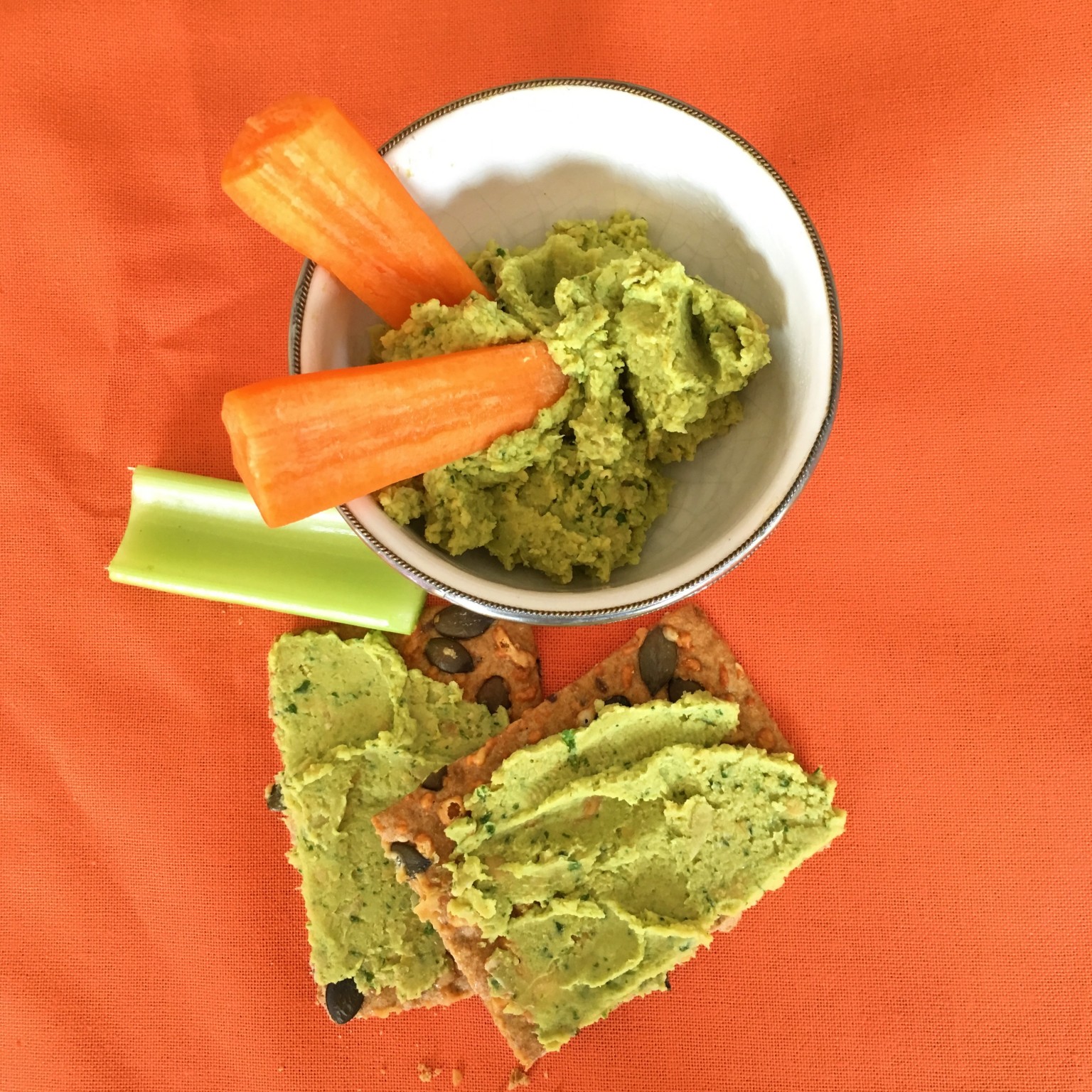Thursday 4th May - Describing Words
52@50 no. 25 - My 50th Birthday!
I've never had a 50th birthday before so I think it counts as one of my 52@50, doesn't it? When I started the 52@50 'project' this time last year I intended to complete the 52 things in the 52 weeks leading up to my 50th birthday. However, it soon became clear that, as someone with limited free time, I wasn't going to be able to do one a week. So it is now spreading over into my 50th birthday year. No matter. I'm adjusting my sails to go with the wind and it gives me more time to plan some exciting new experiences.
I was wished a Happy Birthday many times yesterday. My big day, however, turned out to be way more than just Happy. It, and I, was happy, energising, grateful, frustrating, sad, expectantly anticipating, disappointed, happy again, delicious, excited, and grateful and happy once more, all in the space of about 15 hours!
It started with Happy Birthdays from the family, kisses and hugs and I was Happy. I went for a run with my friend and our dogs around the glorious Polesden Valley and I was Energised and full of life and springtime joy. I was Grateful that at 50 years old I can run and that I enjoy it. I may be slow but I can keep going with relative ease, enjoying the ups and the downs, feeling my heart and lungs pumping. Back home and my cleaning lady was late. Again. Which made me late. Frustrating and a little bit angry even though I know this was a 'First World problem'. Arriving at Waterloo station Sadness awaited me in the form of a little Norfolk Terrier sitting on the concourse. Cue immediate pangs of grief and longing and a sniffed-back tear for Digby dog who died 10 months ago. On to my Expectantly Anticipated yoga workshop with a teacher from the US who is known for her creativity and storytelling. However, I was Disappointed when it didn't match up with the description on the website and the teacher, under the guise of being 'interactive' handed over the teaching to participants in the workshop and sat and watched us, commenting every now and then! Not exactly what I had in mind! Back to Waterloo, meeting up with my daughter along the way and heading off to a restaurant in Dorking with the rest of the family I was Happy again and the meal was Delicious. Back at home I was Excited to open all my lovely cards and gifts, Grateful for everything. Grateful just to be here. Even when I think about being 50 and am not so keen on more grey hairs and wrinkles I am truly Grateful just to be here. I often think of the quote below, especially as I have two family members and two friends negotiating their way through cancer. And I really am Grateful for this life and all that it brings me - good bits, bad bits and mediocre bits. And in spite of all the twist and turns in my day I really did have a Happy Birthday.

A Bit About ... Sanskrit Meanings of Word You Hear in a Yoga Class
As you probably know, every yoga pose and practice has a Sanskrit name. Sanskrit is an ancient Indian language which is now only used in academia. Although most Western yoga teachers use the English names, many of us feel that it honours the roots and tradition of yoga to also weave the Sanskrit names into our classes so that, over time, they become absorbed and familiar. I wrote a bit about the use of Sanskrit in a post last year - click here to read - but I thought I'd revisit this vast subject and offer some more translations of words that often crop up in yoga classes. This week it's to do with the breathing practices, Pranayama.
As you may know, Prana means life-force energy or breath, and Pranayama means the rhythmic control of the breath.
'Ujjayi' means victorious. Ujjayi Breath is also known as Victorious Breath as it is strong, powerful and focussed. Note though that it is also known as Ocean Breath as the soft hissing noise produced at the back of the throat sounds like the waves on the sand.
'Vi' means against, 'Loma' means hair, and ‘Viloma’ means against the grain or against the natural flow. In Viloma Breathing we interrupt the inhalation with a pause and then, going against the natural urge to exhale, breathe in a bit more, repeating again until we are full and can't take in any more. We then breathe out very slowly and smoothly before repeating again for around 5 cycles. Sometimes known as the Three Part Breath, it helps to imagine your lungs are divided into 3 sections and that you can breathe into each section in turn.
‘Anu’ means along with and, as above, ‘Loma’ means hair. ‘Anuloma’ means with the grain or with the natural flow. In Anuloma Pranayama we inhale through both nostrils, hold the breath, then with the fingers we close the left nostril and breathe out through the right. We then breathe in through both nostrils again, close the right nostril with the thumb and breathe out through the left. This is repeated for around 5 cycles.
‘Prati’ means opposite. In Pratiloma Pranayama we breathe in through one nostril and out through both nostrils. We then breathe in through the other nostril and out through both again, repeating for around 5 cycles.
'Sama' means the same or equal to. 'Vrtti' means action or movement. In the practice of Sama Vrtti Pranayama the inhalation, the pause and the exhalation are of equal length.
‘Visama’ means irregular. During the practice of Visama Vrtti Pranayama the length of the inhalation, pause and exhalation are all done in different ratios, for example breathing in for 1 second, holding the breath for 4 seconds and breathing out for 2 seconds (1:4:2). These ratios can be changed to feel different effects within the body. This is a more complicated practice and it is best to learn it with the guidance of a teacher.
A 'Nadi' is a channel within the body through which energy flows - like a meridian. 'Sodhana' means to clean or purify. The cleansing, balancing practice of Nadi Sodhana is also known as Alternate Nostril Breath as we breathe in through one nostril while closing the other and then breathe out through the other while closing the first one. It is then repeated in reverse to complete one cycle.
'Surya' means the sun. 'Bhedana' comes from the root word 'Bhid', meaning to pierce or break. In Surya Bhedana Pranayama the breath is repeatedly inhaled through the right nostril and exhaled through the left.
'Chandra' means the moon. In Chandra Behadana Pranayama the breath is repeatedly inhaled through the left nostril and exhaled through the right. Also known as Single Nostril Breathing, the Surya variation is done to warm a cool body and mind, and the Chandra variation is done to cool a warm body and mind.
‘Kapala’ means skull and ‘Bhati’ means light, lustre or shine. Also known as Shining Skull Breath and Breath of Fire, during Kapalabhati Breathing the focus is on the forceful exhalation which is performed rapidly and rhythmically.
‘Bhastrika’ is a set of bellows, used to stoke and feed a fire. In the demanding practice of Bhastrika Breathing the lungs work strongly like bellows as the air is forceably drawn in and out of the lungs.
‘Bhamari’ is a bee. In Bhamari Breathing we hum as we exhale which produces the sound of a buzzing bee. This practice is calming, soothing and relaxing.
‘Sitala’ means cool. During the practice of Sitali Pranayama we open the mouth, stick out the tongue and curl up the sides so it makes a tube. The breath is drawn slowly in through the tube. The tongue is then released, the mouth closed and the exhalation travels out through the nostrils. It has a cooling effect on the body. There is another variation of the cooling breath called Sitakari Breath where the mouth is slightly open and the tongue is kept flat but the tip of it is held gently between the front teeth. The breath is drawn in over the tongue then the tongue is released, the mouth closed and the breath exhaled through the nose. ‘Sitakari’ means cold.
The holding, or retaining, of the breath is known as Kumbhaka.
These breathing practices can differ very slightly depending on which type of yoga you practice. The ones I’ve explained here are those taught to me during my Iyengar-based training. There are more detailed and very clear instructions in BKS Iyengar’s book Light on Yoga. If you are new to Pranayama it is best to start with one of the more gentle practices such as Sama Vrtti Pranayama.
Important note: some of these breathing practices can be very taxing for the body and people with high or low blood pressure should not to hold the breath for too long. Start gently and build up the duration over time.

I won’t be sharing any more of the Advice From A… series as it’s time to move on to something new. But if you like them and want to see more you can go to www.yourtruenature.com.
Language is magical and lyrical and there are lots of wonderful words that we hardly ever use in day-to-day life, and some I never even knew existed. In this series I’ll be sharing an Interesting Word of the Week. Maybe some of them will be completely new to you, and maybe you will have heard of some of them before but you probably won’t use them on a regular basis. Many of them have lovely sounds and create a vivid image in your mind. Exploring these new words is helping me to continue to grow and expand and I hope they inspire you too.
This Week’s Interesting Word…

This Week's Recipe... Hummus
This recipe comes from Dale Pinnock's book The Medicinal Chef. He says that "Chickpeas are rich in vitamin B6, which is important for the production of melatonin, the sleep hormone. Along with basil, which has been used for centuries in Western herbal medicine as a mild sedative, they create the perfect sleep-boosting snack". However, I had this for lunch today and just enjoyed it because it is easy and healthy - I did feel like having a nap afterwards but that could have been to do with a late night and a couple of glasses of Prosecco the previous evening!!
You will need:
1 x 400g tin chickpeas, drained
juice of ½ lemon
4 tablespoons olive oil
1 clove garlic, crushed
1 bunch fresh basil, leaves torn
sea salt and black pepper

And here's how to make it...
Place all the ingredients in a blender or food processor, season with salt and pepper and blend into a thick dip. Serve with an oatcake and celery and carrot sticks.

This Week's Musical Offering... is a strong, steady rhythm from Desert Dwellers called Pranafestation. What a great word! A combination of life-force energy and manifestation - very powerful. The track is suitable to accompany Sun Salutations or have playing in the background to this week's 'Sequence for Strength' video class on the Thrive Yoga site.
This Week's Video... Rob Brydon tells us just how much of the language we use in everyday life comes from the genius mind of William Shakespeare... I had no idea!
Until next week, dear yogis... and thanks for reading.






